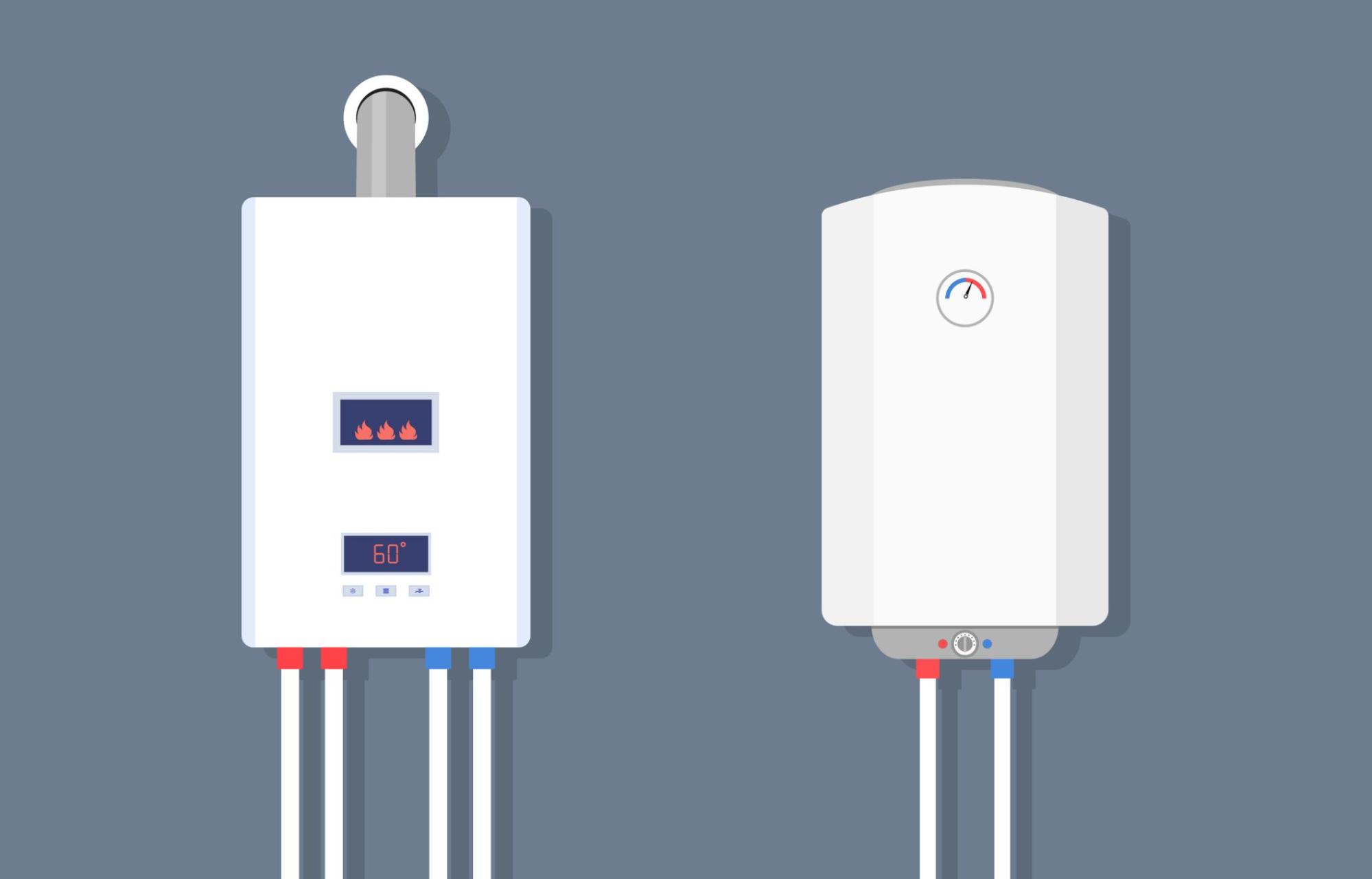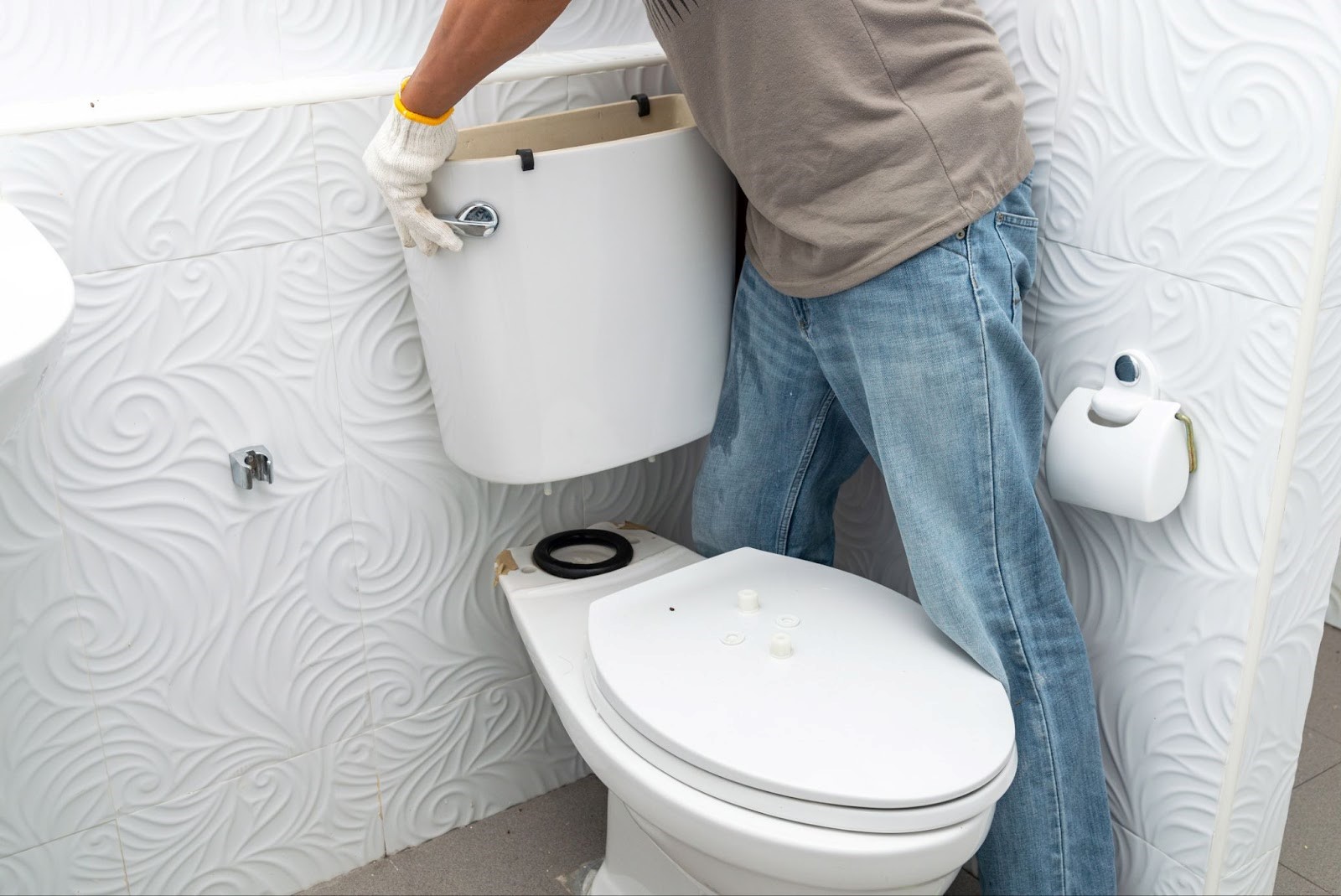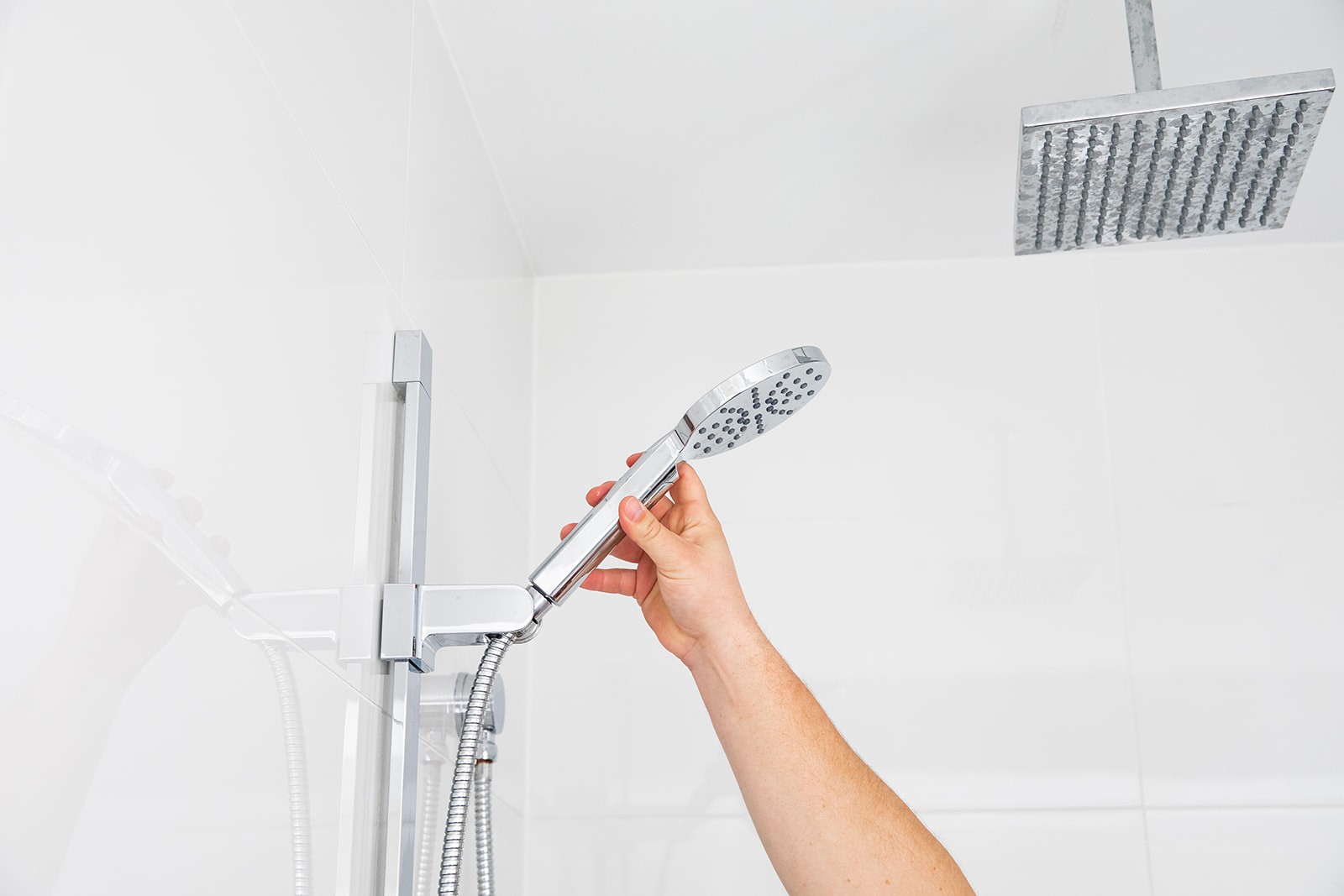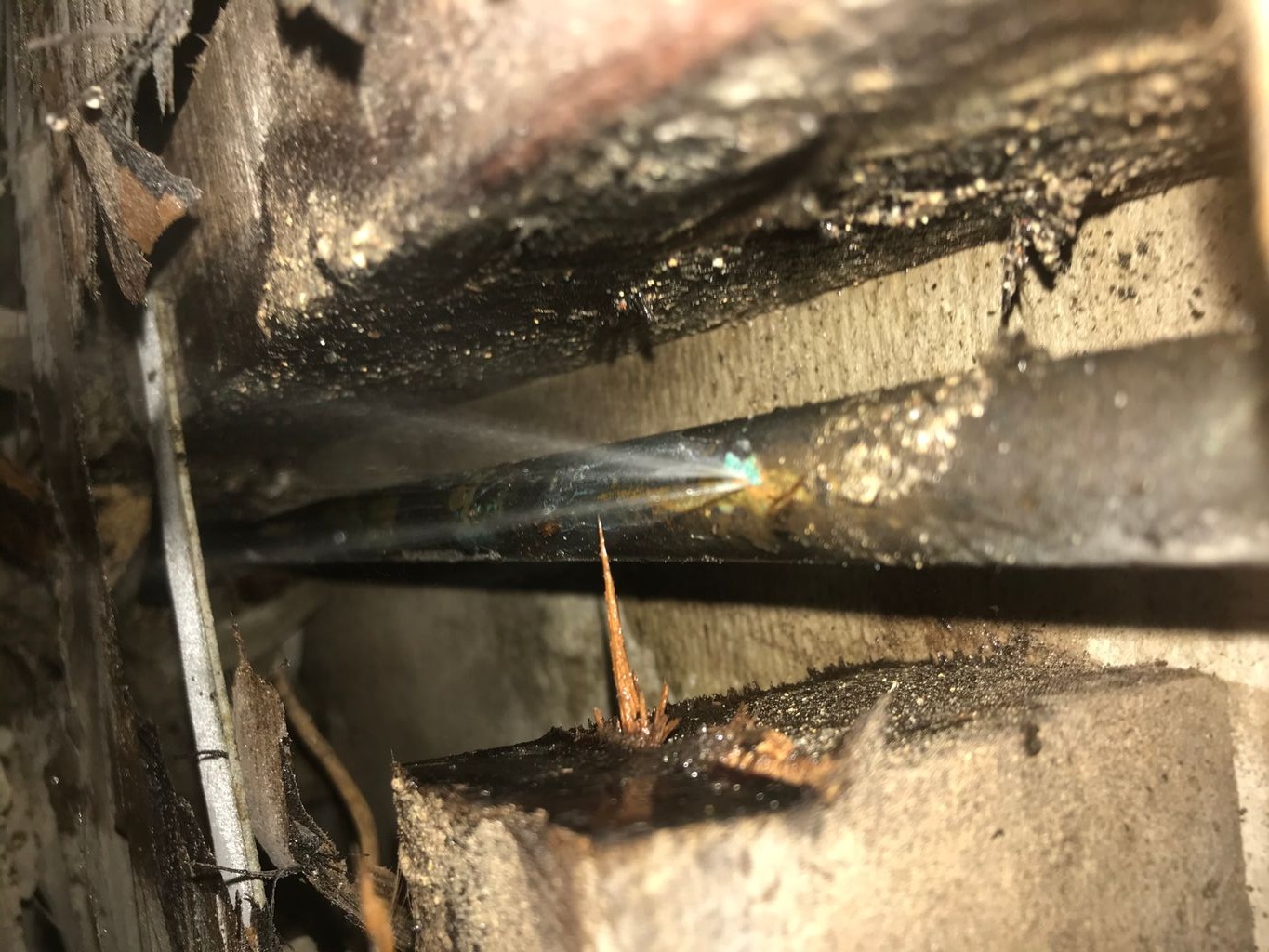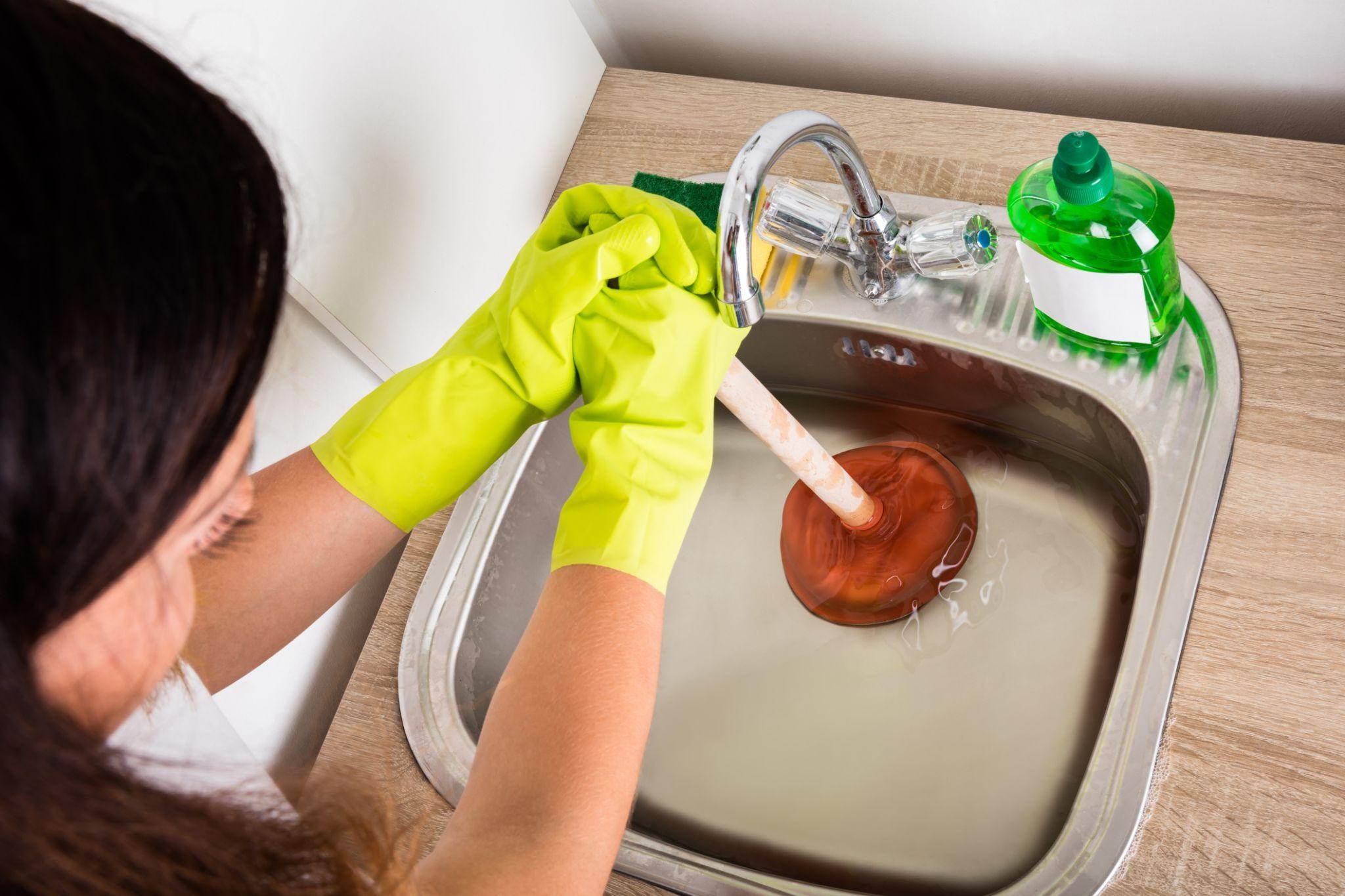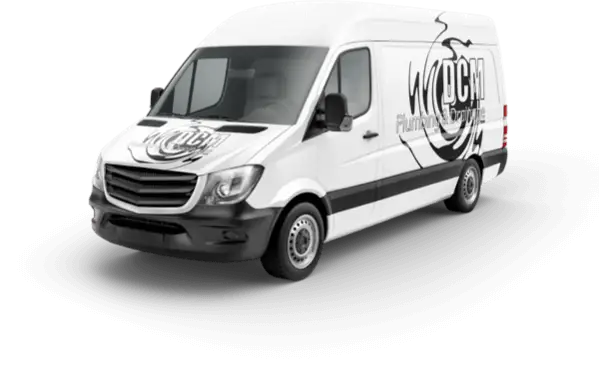There are several different types of hot water systems commercially available, and understanding each type will help you to make the right choice for your circumstances.
In this article, we provide a clear understanding of the different options available. We’ll explore the various types of hot water systems, their pros and cons, and the key considerations you need to keep in mind to find the one that best fits your needs. So let’s dive in and discover the hot water system that’s right for you!
DCM Plumbing is the best plumber on the Gold Coast. We are available 24/7 for all your plumbing needs. With over 900 5* Google reviews and 35 years of experience, we are known as the best for a reason. Want some help with your hot water system? Need some leak detection? We can help.
The Different Types of Hot Water Systems
There are two primary types of hot water systems: storage and continuous flow hot water systems. These are then further subdivided into electric, gas, and solar hot water systems. Let’s look at storage hot water systems a little more closely
Storage
Storage hot water systems are straightforward: water is kept in an insulated tank which is then heated and released as needed. The water in the tank is then refilled and reheated as demand dictates.
There are two ways in which these systems move water: mains pressure or a gravity feed (constant pressure).
Mains pressure: When a hot water system is linked to mains pressure it means hot water is delivered at the same pressure and flow rate as your cold water, so more than one outlet can be turned on without affecting overall pressure. The tank is usually stored at ground level, although it can be located either inside or outside the house.
Gravity feed/constant pressure: With a gravity-feed/constant pressure system, water is supplied at a pressure lower than that of the main supply.
In these systems, the amount of pressure available is determined by the vertical distance between the tank (usually kept in a higher part of the house) and the point of use. This type of system is commonly found in older properties and those not connected to the mains water network. These systems are usually a cheaper alternative than their more modern counterparts.
Storage hot water systems usually come with either steel or vitreous enamel tans. Vitreous enamel tanks are by far the most common, as they are cheaper to manufacture and supply, and they handle high temperatures comfortably. While steel can be more durable, it is far more expensive, and steel often varies drastically in the quality, meaning there’s no guarantee of them lasting longer.
Our recommended brand of storage hot water system is Aquamax! We supply and install these all over the Gold Coast.
Pros of storage hot water systems:
- Storage water heaters have extended warranties of 5-10 years and require minimal maintenance.
- Parts and technicians for storage water heaters are easily accessible, simplifying repairs and servicing.
- They often have sacrificial anodes that protect the tanks from corrosion, enhancing their lifespan.
- Vitreous
Cons of storage hot water systems:
- Storage water heaters consume more energy and have higher operating costs due to constantly keeping the water hot.
- They can be expensive to purchase and install, requiring specific accommodations based on energy source and available space.
- Mild-steel tanks can corrode, but regular maintenance can mitigate this issue.
- Heat loss over time and the impact of local water quality should be considered.
- High mineral content or ‘hard’ water and sediment build-up can lead to more frequent repairs and maintenance.
With proper planning and regular servicing, storage water heaters can be a reliable hot water solution.
Continuous Flow/Instantaneous
Continuous flow or instantaneous systems provide an innovative solution to heating water, offering efficient performance with reduced energy loss compared to traditional storage systems. These systems heat water on demand, eliminating the need for a storage tank. This means they can operate on various fuel sources such as natural gas, LPG, or electricity and come with different ignition modes, either electronic or pilot flame-based.
Pros of Continuous Flow/Instantaneous Water Systems:
- Efficient performance with reduced heat and energy losses compared to storage systems.
- Continuous supply of hot water, as it is heated on demand.
- Advanced temperature controls allow users to set the desired water temperature at the point of use, saving energy and reducing the risk of burns or scalding.
- Can operate on various fuel sources, including natural gas, LPG, or electricity.
- Available in both externally and internally mounted options, depending on suitable ventilation.
Cons of Continuous Flow/Instantaneous Water Systems:
- Inconsistent temperatures – it’s much easier to heat a tank of water to a specific temperature than to maintain a constant temperature in an instantaneous system.
- Internal installation requires proper ventilation.
- Purchase and installation costs may be higher compared to traditional storage systems.
- May require adjustments for the energy source and tank installation, potentially adding to the overall cost.
- Water quality and sediment buildup can impact performance and increase the need for maintenance and repairs.
Now, let’s look at how these two primary types of water heaters are then subdivided into electric, gas, solar, and heat pumps.
Electric
Electric hot water systems work by employing an electrical heating element to increase the temperature of the water and can be either storage or instantaneous hot water systems.
Now let’s explore some advantages and disadvantages of electric hot water systems.
Pros:
- Electric hot water systems can be either storage or instantaneous, fitting a variety of household needs.
- They’re common, so parts and service are easily available.
- Can be paired with solar panels to utilise solar energy, reducing electricity costs and carbon emissions.
- When paired with a solar PV system, they can be scheduled to operate when solar energy production is highest.
Cons:
- Electric storage water heaters, unless powered by a solar PV system, generally consume more energy compared to gas or solar water heaters.
- These heaters typically have a higher carbon footprint as they are dependent on grid electricity, which in many areas is still primarily generated from fossil fuels.
- Electric hot water systems are often more expensive to run, particularly those connected to a day-rate tariff.
- Certain regions restrict the installation of high greenhouse gas-emitting hot water systems in new buildings or in certain existing structures.
- The initial purchase and installation cost can be high, especially for models that require extensive wiring or special accommodations.
Gas
Gas hot water systems use natural gas or liquefied petroleum gas (LPG) as fuel to heat water and can operate via both storage or instantaneous methods.
Now, let’s break down some of the pros and cons of gas hot water systems:
Pros:
- Gas storage systems can heat the water in the tank quickly, often requiring a smaller tank than an equivalent electric storage system.
- Natural gas water heaters produce fewer greenhouse gas emissions than traditional electric water heaters that use non-renewable electricity.
- These units provide hot water on-demand, eliminating the need for a storage tank and reducing the chance of running out of hot water.
Cons:
- Due to safety reasons and the nature of gas combustion, gas water heaters often have less insulation, leading to higher heat losses.
- High-demand gas systems may require the installation of larger gas pipes and meters, increasing installation costs.
- Some instantaneous gas units may not operate optimally at low flow rates or with water-efficient showerheads. These units may also struggle in warmer climates or when paired with solar preheating.
- LPG systems, while similar in functionality to natural gas systems, are typically more expensive to operate. Additionally, the need for larger gas supply pipes or multiple large gas cylinders can add to the initial installation cost.
Solar
Solar hot water systems use solar energy to heat water through solar collectors or panels. The heated water then flows into an insulated storage tank for later use. Depending on the climate, a solar hot water system can provide up to 90% of a home’s hot water. Despite initial higher costs of purchase and installation compared to conventional hot water systems, they offer savings in energy costs, reduction in greenhouse gas emissions, and availability of government rebates to offset purchase costs.
There are a variety of system options such as flat plate panels or evacuated tube collectors, open or closed circuit configurations, passive (thermosiphon) or active (pumped) systems, and gas or electric booster options.
Pros:
- Solar hot water systems are very efficient and can provide up to 90% of a home’s hot water needs depending on the climate.
- Although the upfront cost is higher, they can significantly reduce energy bills in the long run.
- Solar hot water systems use renewable energy from the sun, reducing greenhouse gas emissions.
- In Australia, the government provides small-scale technology certificates (STCs) to help offset the cost of these systems.
- There are different configurations available to suit different needs, including different collector types, system configurations, and booster options.
Cons:
- The initial cost of buying and installing a solar hot water system is higher than that of conventional hot water systems.
- The efficiency of solar hot water systems can be affected by the weather. On cloudy or rainy days, a backup booster (gas or electric) may be required.
- Can require more maintenance than conventional systems. Certain parts like the sacrificial anode in vitreous enamel tanks need regular replacement.
- Installation can be more complicated than for conventional systems and might require reinforcement of the roof to bear the weight.
Heat Pumps
A heat pump works like a refrigerator or air conditioner but in reverse. It transfers thermal energy (heat) from another source (like the air, geothermal energy from the ground, etc.) to where it is needed (like the water in your house!). Though they’re costlier upfront, they can lead to significant energy savings and reduction in greenhouse gas emissions in the long run.
Government rebates such as small-scale technology certificates (STCs) are available in Australia to help offset the costs. Heat pump systems do not require roof-mounted collectors and avoid overheating risks, as they automatically shut off when the required temperature is reached. They can be air-sourced (more common) or ground-sourced, and configurations can be either integrated or split.
Pros:
- Heat pumps use less energy than traditional hot water systems as they move heat instead of generating it, reducing energy costs and greenhouse gas emissions.
- The Australian Government provides STCs to assist with the cost of these systems.
- Unlike solar hot water systems, heat pumps don’t require roof-mounted collectors.
- The system switches off when the stored water reaches the required temperature, avoiding overheating or dumping of water in hot weather.
- If you have solar PV installed, consider timing your use to maximise the use of free renewable energy.
Cons:
- These systems are more expensive to buy than traditional hot water systems.
- Heat pumps have a fan on the outdoor unit that can produce noise, so location should be considered to avoid potential impacts on neighbours.
- The cost of running a heat pump can increase if it operates its compressor on high cost electricity tariffs, or operates an electric booster.
- Air-sourced heat pumps work best in warm, humid climates. Efficiency decreases in cold climates, but some models are designed for cold climates or come with an electric boost element to help boost water temperature.
- Heat pumps use various refrigerants, including hydrofluorocarbons (HFCs) which have high global warming potential (GWP). Although Australia is phasing down the import of high GWP HFCs, leakages can contribute to greenhouse gas emissions.
Which Hot Water System is Right for You?
Choosing the right hot water system for you depends on various factors such as your budget, your home’s size, the climate of your area, the number of occupants in your home, your hot water usage, and your energy source preferences.
Consider the following factors when deciding on a hot water system:
- Budget: If your budget is tight, you may opt for an electric or gas storage hot water system as they’re generally less expensive upfront. However, keep in mind that ongoing operational costs for some types, like electric systems, can be higher. On the other hand, while heat pumps or solar hot water systems may cost more upfront, they can provide significant energy savings over time.
- Energy efficiency: If energy efficiency and environmental impact are important to you, consider a solar hot water system or heat pump. These systems can significantly reduce your home’s carbon footprint. Gas systems, while more efficient than traditional electric, still contribute to greenhouse gas emissions.
- Space: If you’re short on space, consider a continuous flow system as they don’t require a large tank. However, be aware that continuous flow systems may require larger gas pipes or a dedicated power circuit, depending on the energy source.
- Climate: Solar hot water systems and heat pumps work best in warm, sunny climates. If you live in a colder climate, consider a gas or electric system instead.
- Hot water usage: If you have a large family or high hot water usage, a storage hot water system or a high-capacity continuous flow system might be more suitable.
- Availability of natural gas: If your home has access to natural gas, a gas hot water system could be a cost-effective option. If not, you might need to rely on electricity or consider alternatives like solar or heat pumps.
- Local regulations: Certain areas may have regulations restricting the installation of high greenhouse gas-emitting hot water systems in new buildings. It’s important to check local laws before making a decision.
- Maintenance: Different systems have varying maintenance requirements. Solar and heat pump systems may require more upkeep than traditional gas or electric systems.
Remember, choosing a hot water system is a long-term investment (find out how long a hot water system lasts). It’s worth the time to thoroughly research and consider all the options. At DCM Plumbing, we’re always ready to help you make the best decision for your home and your family. Contact us anytime for guidance and to discuss your hot water needs.

